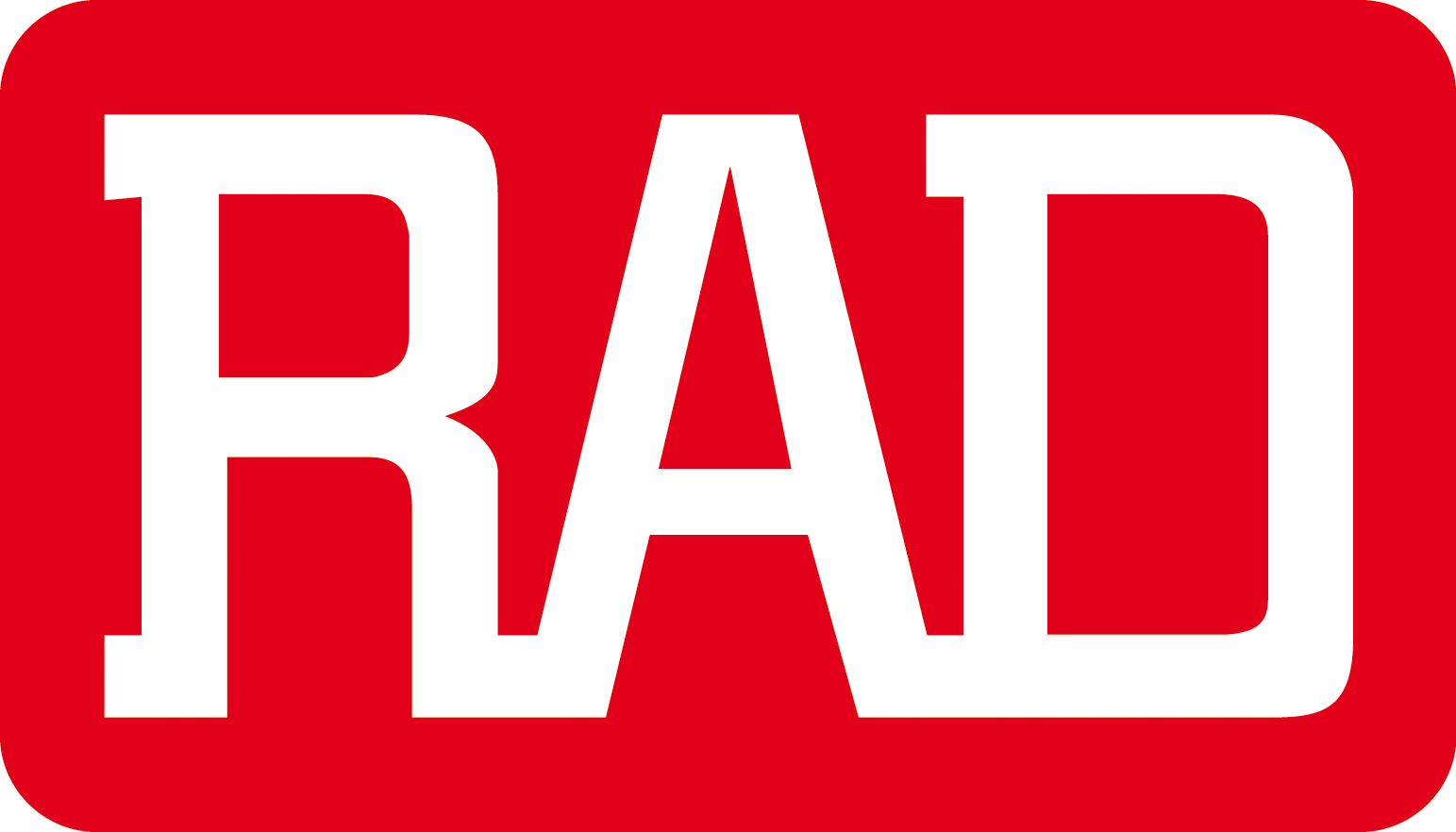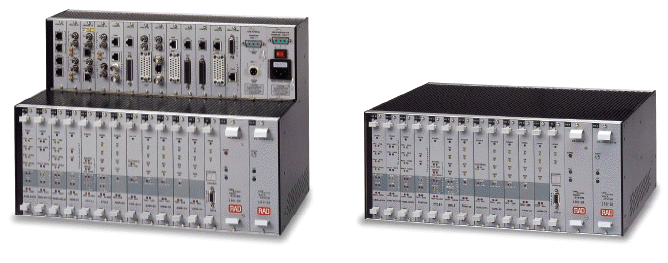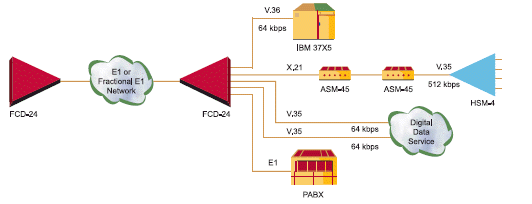




LRS-24 12 slot high-density SNMP managed modem rack
LRS-24 is a high-density SNMP managed modem rack. The RAD LRS-24 chassis has 12 slots that accommodate up to 48 modems. Using modular interface cards, LRS-24 can support xDSL, fiber, or baseband modems in the same chassis under a single management application (see Table 1 of the
data sheet).
The LRS-24 rack supports different modem technologies and enables a wide range of data rates from 1.2 kbps for IDSL modems to 4608 kbps for SHDSL modems, up to 45 Mbps for fiber modems. These modem technologies enable ranges from 1.75 km (1 mi) at 2 Mbps over copper to 110 km (68 miles) over fiber optic cables.
All cards can be replaced, or cables removed, during operation, without causing interference to data transmission to/from other cards in the chassis.

LRS-24 is available in two different physical hub versions:
ANSI − card insertion, LEDs, and switches are at the front, but cable connections are at the rear of the hub. This compact, 4U high unit complies with the ANSI standard. Cards can be hot-swapped without removing cables.
ETSI − card insertion, LEDs, switches, and cable connections are at the front. This version is 30 cm high (almost 7U), and complies with the ETSI standard. Cards can be hot-swapped without removing cables.
Modular data interfaces of the LRS-24 allow modem connectivity using a wide range of data interfaces. These include V.24, V.35, X.21, RS-530, V.36, G.703 Codirectional, E1/T1, E3/T3, built-in Ethernet bridge
(with or without VLAN support), and built-in IP router.
LRS-24 accepts a system clock via the DB-15 connector on the CM-2 card and distributes the clock to all cards.
LRS-24 Management / CM-2 functions:
The LRS-24 modem rack is managed by a UNIX-based or PC-based SNMP management system imbedded in the Central Management card (CM-2). The software is user-friendly, GUI-based, and runs on PC/Windows (RADview-PC) or HP-OpenView (RADview-HPOV) platforms. The SNMP management session can be run over a 10BaseT Ethernet port.
Network management allows centralized control of all LRS-24 hubs, modem cards, and remote modems in the network, including interface configuration, connection setup, alarm, and monitoring. A single management station can control up to 64,000 LRS-24 hubs.
LRS-24 can also be managed from an ASCII terminal that performs all SNMP functions without a GUI interface.
Telnet allows terminal connection over any IP network.
Performance information for the last 24 hours is available in graph and table format. This information can be saved in a file for accounting purposes.
If a major alarm occurs, the CM-2 card can dial out through an external dial-up modem to a central management site. This saves a direct connection to remote sites, while providing alerts if critical events occur. In addition, alarms can activate dry contacts located on the system clock connector on CM-2.
Two types of modem cards are supported by LRS-24:
S-Mode: Cards with a built-in SNMP agent. The single IP option is used to reduce the number of addresses used by LRS-24 and S-Mode modems. With this option, only the CM-2 module is assigned an IP address; all connections to the modems are made via CM-2.
I-Mode: Cards without an SNMP agent. For these cards CM-2 serves as the SNMP proxy agent.
The CM-2 built-in agent complies with SNMP MIB II and supports generic SNMP HPOV applications.
New software versions can be downloaded to the CM-2 or any modem card that supports this feature from a remote site via:
LAN by TFTP protocol
Terminal by XMODEM protocol.
CM-2 saves up to two software versions.
If the management station includes BootP server software, and the CM-2 card is configured to BootP mode, it automatically retrieves the IP address required for management connection. This eliminates the need to configure IP addresses for new hub installations.
When operating opposite another LRS-24, the local modem rack can reset the remote CM-2 module. In addition, the management software allows the user to reset one of the following modem cards: ASMi-31CQ, ASMi-51CD, ASMi-51CQ, ASMi-52CD, or ASMi-52CQ.
LRS-24 supports IP fragmentation that restores fragmented IP data sent to the rack by the network management station.
Up to three modem and system configuration files can be stored. These files can be copied to any media and used for backup or configuration purposes.
The CM-2 panel includes a two-character alphanumeric display, which alerts on fault conditions during the power-up
self-test. During normal operation it displays the last two digits of the hub number.
LRS-24 Power supplies
LRS-24 operates with single or dual, AC or DC power supplies. Each power supply supports a fully populated LRS-24 hub. A power supply can be replaced during operation, without affecting system performance (hot swapping).
Some cards in the LRS-24 chassis enable remote power feeding for repeaters and remote standalone modems. For this purpose, a separate power supply,
LRS-PS-FEED, should be ordered
(see Ordering section of data sheet).

LRS-24 product data sheet (pdf)
Popular models include:
LRS-24B-CM2/UTP 6950150000
LRS-24B-PS/AC 6950190000
LRS-24B/48/CM2/UTP 6950050000
LRS-24B/48/R/CM2/UTP 6950100000
LRS-24B/48R/CM1 6950140000
LRS-24B/AC/48/CM2/UTP 6950130000
LRS-24B/AC/CM2/UTP 6950060000
LRS-24B/AC/R/CM2/UTP 6950120000
LRS-24B/PS/48 6950000000
LRS-24F/AC/R/CM2/UTP 6950080000
LRS-24F/CM2/UTP 6950270000